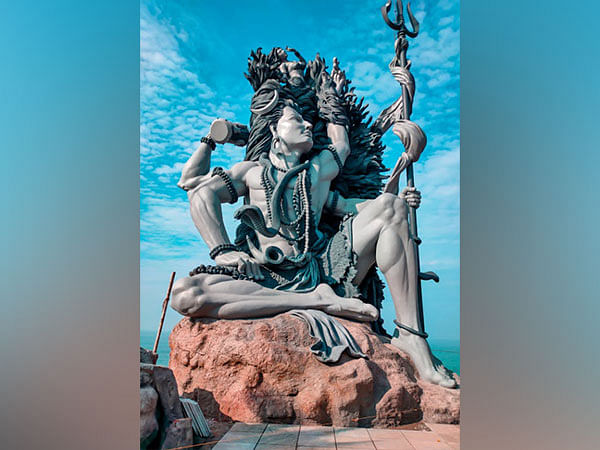New Delhi [India], July 21 (ANI): As the monsoon blankets the Indian subcontinent in a cool embrace, millions across the country prepare for the month of Sawan, a time revered by Hindus for its spiritual significance and devotion to Lord Shiva.
This sacred month, falling typically between July and August marks a period of worship, fasting, and pilgrimage, dedicated to the deity of destruction and transformation.

Sawan holds a special place in Hindu mythology as the month when Lord Shiva is believed to have consumed the poison that emerged from the churning of the ocean (Samudra Manthan), saving the universe from its toxic effects.
Devotees undertake fasting and offer prayers to seek the blessings of Lord Shiva during this period. The cooling rains of Sawan are symbolic of Shiva’s compassion and benevolence.
During Sawan, devotees typically observe fasts on Mondays, known as Shravan Somvar, which are considered auspicious.
Many choose to abstain from consuming grains and eat only fruits, milk, and specific foods permissible during fasting.
The chanting of Shiva mantras, singing bhajans (devotional songs), and performing Rudrabhishek (a ceremonial bathing of Shiva Lingam with holy substances) are common practices observed with fervour across households and temples.
For pilgrims seeking to deepen their connection with Lord Shiva during Sawan, several revered temples stand out as must-visit destinations:

1. Kashi Vishwanath Temple, Varanasi: Situated on the banks of the Ganges, this ancient temple is believed to be one of the holiest in Hinduism. Pilgrims flock here year-round, but Sawan sees an influx of devotees seeking divine blessings.
2. Somnath Temple, Gujarat: One of the twelve Jyotirlingas (shrines where Shiva is worshipped in the form of a Jyotirlinga), Somnath Temple is a symbol of resilience and faith, having been rebuilt several times over centuries.
3. Mallikarjuna Temple, Andhra Pradesh: Located atop the Shrishaila Mountain on the banks of the Krishna River, this temple is renowned for its architectural beauty and spiritual aura, drawing devotees from all over India.
4. Mahakaleshwar Temple, Madhya Pradesh: Situated in Ujjain, this temple is one of the twelve Jyotirlingas and holds immense importance for Shiva devotees. Sawan sees a large number of pilgrims visiting this temple.
5. Kedarnath Temple, Uttarakhand: Nestled amidst the snow-capped peaks of the Himalayas, Kedarnath Temple is another of the twelve Jyotirlingas and holds immense spiritual significance, especially during Sawan.
As the rains replenish the earth and hearts turn towards introspection and devotion, Sawan emerges as a time of spiritual rejuvenation and reverence.
Whether in bustling cities or serene mountains, the echoes of mantras and the fragrance of incense fill the air, binding communities in shared faith and devotion to Lord Shiva.
In the sanctity of this month, may all find solace and strength, guided by the divine grace of Mahadev.
In this season of Sawan, let us embrace the traditions that connect us to our spiritual heritage and renew our faith in the cosmic dance of creation and destruction. (ANI)
This report is auto-generated from ANI news service. ThePrint holds no responsibility for its content.



